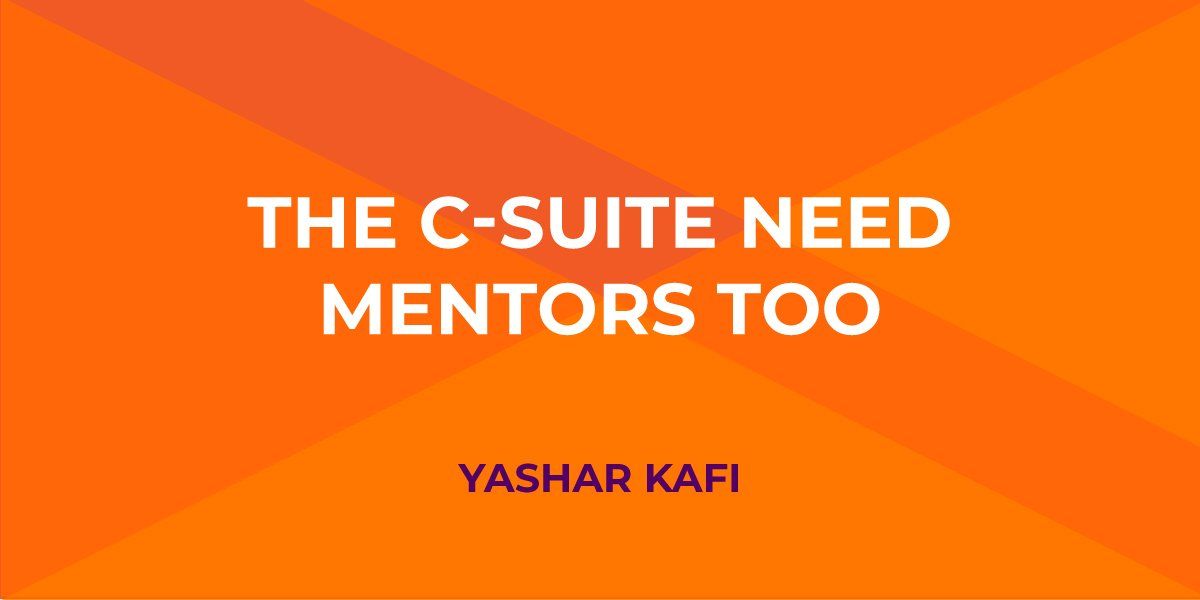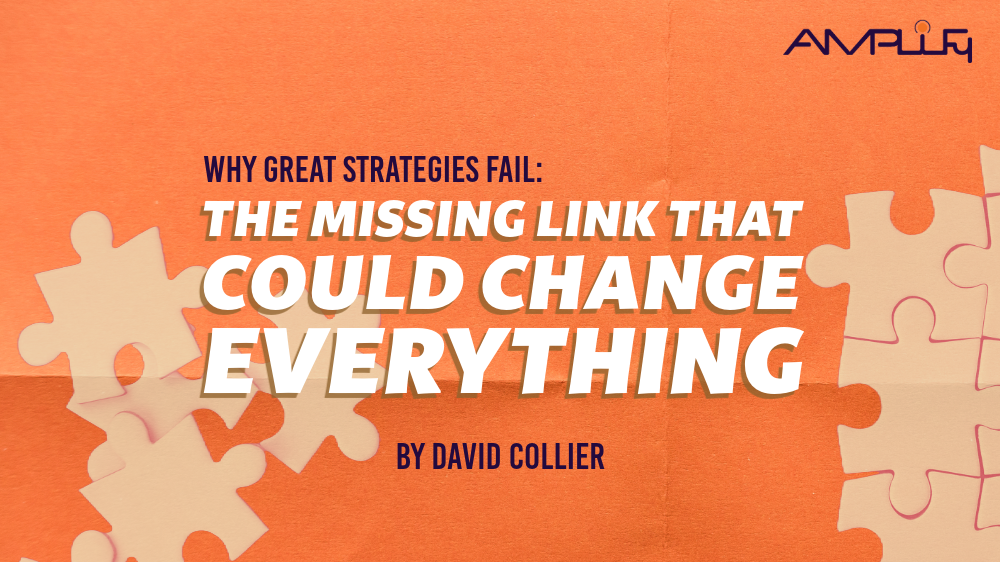The C-Suite Need Mentors Too
For a C-Suite executive, it can be super challenging to find that special someone with whom you can share your burdens, your challenges, and, of course, your fears; a person who you can share your vision with, chat to endlessly, and who will be there for you when you are most in need. A person who you can trust without worrying about their ulterior motives: I’m talking about a mentor—somebody who has the perfect skill set to guide executives in their day-to-day work life, acting as a confidante and reliable sounding board throughout their career.
C-Suite Mentorship
Mentors have been in existence since the beginning of time, and often, the relationships that were forged between sensei and student were reciprocal. They give the recipients advice and the tools they need to achieve the goals they have set for themselves. You could say that, in many ways, mentorship has always been a way for people to support one another as they pursue their career goals and aspirations.
Even though CEO’s, CIO’s, CXO’s, CPO’s, and all the other C_O’s of sizeable organizations are essentially at the pinnacle of business success—high salaries, crazy workloads, respect—they do still need mentorship and guidance at times. There’s little left to achieve in their career path, sure, but just like every other person on this planet, there is always room for more knowledge, and education should never cease, regardless of status.
Now More Than Ever
When the world is working as it should, C-level executives can always benefit from added mentorship. When the world is as it is today, mid-pandemic, even the best of the best are struggling because the scenario is completed unprecedented. We’re all treading an unknown path, and it has been tough on businesses and executives the world around. Usually, mentors come with a tried-and-tested “been there, done that” narrative. But given that they’re more a role model, rather than a paid advisor, they probably aren’t trained in pandemic crisis control.
In truth, there isn’t any sort of mentorship for a virus, unlike anything experienced during any living person’s lifetime.
Inner Circles & Trusted Colleagues
If mentors lack experience, the next best option for C-Suite executives battling the flames of this new fire is to reach out to their network. When you’ve reached that level of the business world, nine-times-out-of-ten you can bank on the fact that there are a lot of stories, a lot of experiences accumulated, and a lot of friends or at least reliable connections made. The network of a CEO, for example, is usually as glitzy as it can get in business—leaders, influencers, academics, notable figures at the top of their respective industries.
Invariably, this network has been built after years of hard work, inclusion on several boards, and myriads of notable achievements in the workplace. So usually there’s a wealth of knowledge available, which can provide C-suite executives with a group-like mentorship system, where innovative solutions to the problems at hand can be discussed and played around with, based on the experiences of the many.
In times of uncertainty, it can be both overwhelming and discouraging to realize how little guidance there is when you’re at the top. But I believe that, regardless of your status and level of success, there will always be somebody available to help you. And it is of the utmost importance that, even though we look to our C-Suite executives to lead us through times of crisis, we must recognize that in the case of COVID-19, the men and women at the top are flying blind, just like the rest of us.




